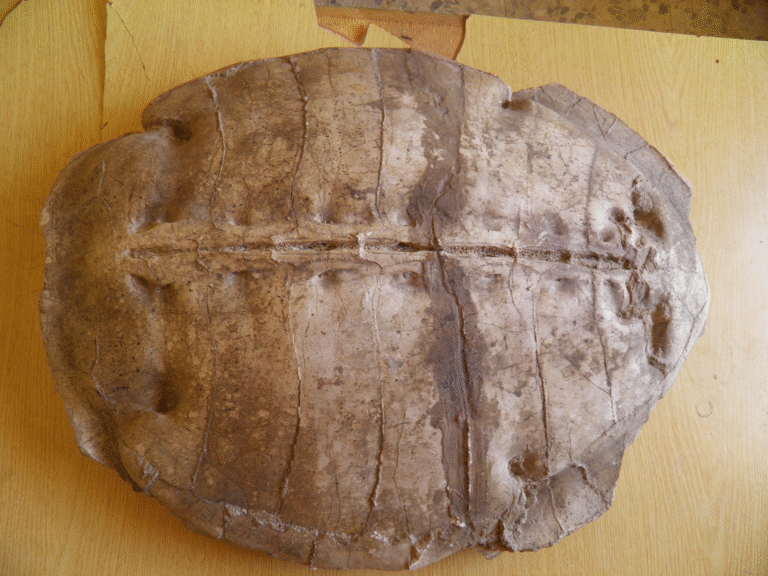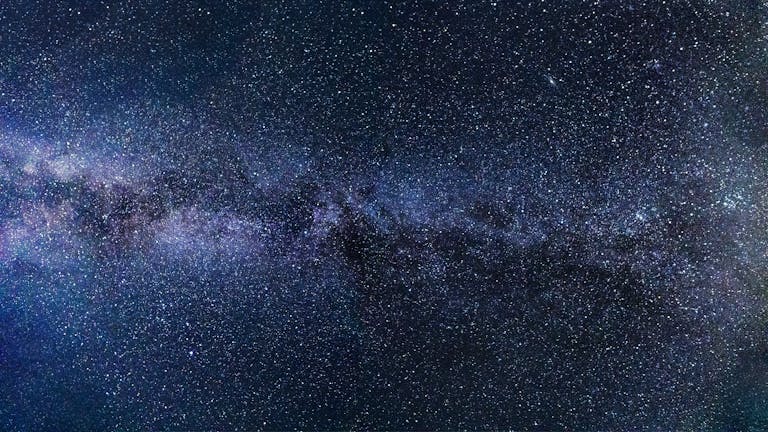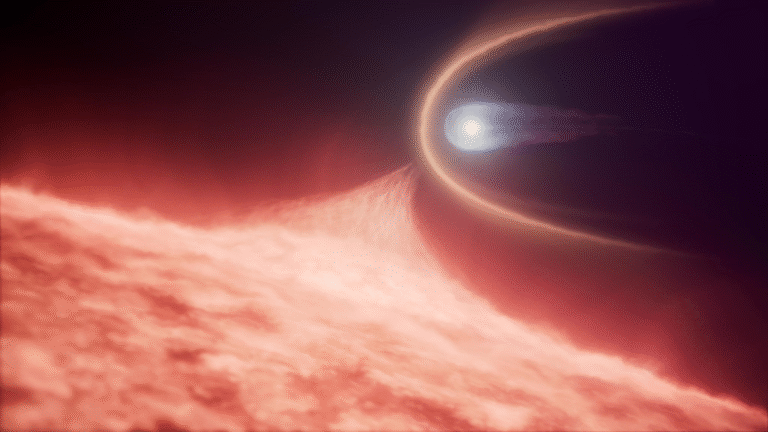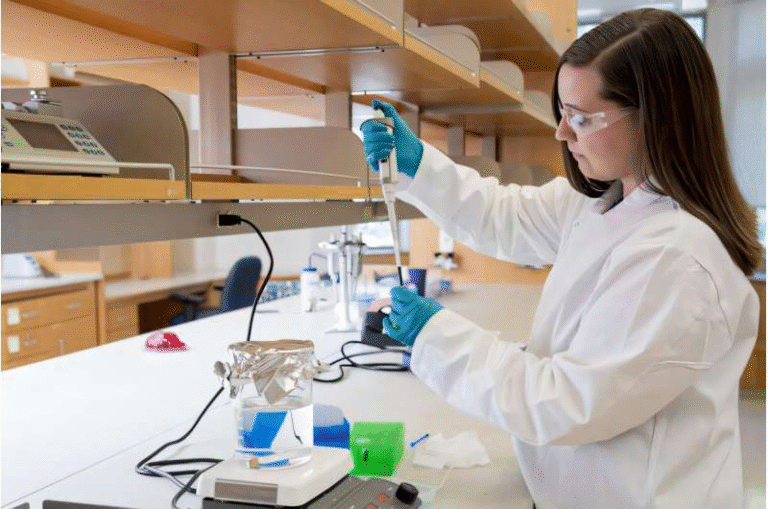Brown University Hosts Global Higgs Boson Conference to Explore Whether the Particle Could Change the Fate of the Universe
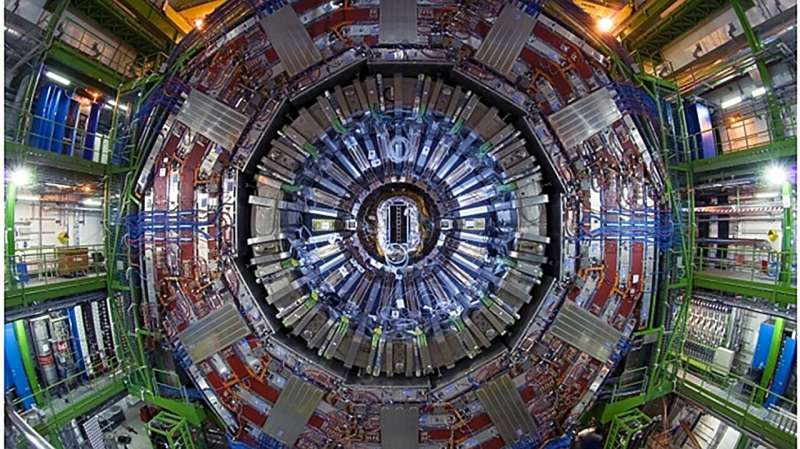
Back in July 2012, scientists at the Large Hadron Collider (LHC) near Geneva, Switzerland, made one of the most groundbreaking announcements in modern physics — the discovery of the Higgs boson. This elusive particle had been theorized for decades as the key to explaining why some elementary particles have mass. Its detection marked the completion of the Standard Model of particle physics, the framework describing the fundamental building blocks of the universe.
But while the discovery was historic, it didn’t close the book on the Higgs. Instead, it opened an entirely new chapter — one that’s still being written today. And that’s exactly what physicists gathered to discuss at Brown University, where experts from around the world met for the annual Higgs Conference in late October 2025.
Brown University’s Deep Roots in the Higgs Discovery
Few people realize how central Brown University has been in the Higgs story. Several of its physicists made major contributions to both the theoretical and experimental sides of the discovery.
On the experimental front, Brown researchers David Cutts, Ulrich Heintz, Greg Landsberg, and the late Meenakshi Narain played vital roles in the Compact Muon Solenoid (CMS) experiment — one of the two massive detectors at the LHC that observed the Higgs boson.
Meanwhile, on the theoretical side, the late Gerald Guralnik was part of the group that, back in the 1960s, helped formulate the Higgs mechanism — the process that gives rise to the Higgs boson and explains how particles gain mass. Their pioneering work remains one of the most complete theoretical descriptions of how the Higgs field operates.
So, when Brown hosted this year’s Higgs Conference for the first time, it wasn’t just an academic event — it was a homecoming of sorts for a university that’s been part of the Higgs story from the beginning.
What the Higgs Boson Actually Does
To understand why the Higgs is such a big deal, imagine the universe filled with an invisible ocean — the Higgs field. As particles move through this field, some interact with it strongly and become “heavy,” while others interact weakly and stay “light.” The Higgs boson is the quantum particle associated with this field — its ripple, so to speak.
This mechanism explains why quarks (which make up protons and neutrons), electrons, and other fundamental particles have mass at all. Without the Higgs field, everything would move at the speed of light, and matter as we know it couldn’t exist.
That’s why physicists call the Higgs boson “the cornerstone of the Standard Model.” But ironically, understanding this cornerstone has now raised some of the most profound questions in science.
Unanswered Questions About the Higgs
More than a decade after its discovery, there’s still a lot we don’t know about the Higgs boson. Physicists are trying to precisely measure how strongly it interacts with other particles and how it interacts with itself. These measurements — known as Higgs couplings — are currently known only to around 10 percent precision, and in some cases, even less.
Why does this matter? Because any deviation from what the Standard Model predicts could be the first hint of new physics — perhaps revealing new particles, unknown forces, or connections to the mysterious dark matter that makes up most of the universe’s mass.
Scientists are also investigating the Higgs potential — the energy landscape that defines the Higgs field. Right now, the field sits at a stable point known as its minimum energy state, but researchers aren’t sure whether this is the true global minimum or just a local one.
If it’s only a local minimum, there’s a theoretical possibility that the universe could “quantum tunnel” to a lower energy state — a process that would completely rewrite the laws of physics. In simpler terms: if the Higgs field ever transitions to a deeper minimum, the universe as we know it would end instantly.
Before you panic, physicists stress that the estimated lifetime of our current vacuum state is billions of times longer than the age of the universe. So, there’s no reason to lose sleep — but scientifically, it’s one of the most fascinating possibilities in cosmology.
Inside the 2025 Higgs Conference at Brown
This year’s Higgs Conference brought together about 130 physicists from across the globe. Organized by Gaetano Barone and Loukas Gouskos, both assistant professors at Brown and part of a new generation of particle experimentalists, the event covered everything from current Higgs research to future collider plans.
The conference began with plenary talks summarizing the current status of Higgs studies — what the LHC’s two main experiments (CMS and ATLAS) have revealed so far — before diving into specialized sessions on future directions.
A major theme of the event was “tools for precision” — the new generation of detectors, data-analysis algorithms, and AI-driven methods designed to make more accurate measurements of Higgs interactions. These technological improvements could be the key to uncovering subtle effects that point to physics beyond the Standard Model.
The participants also discussed the upcoming high-luminosity phase of the LHC, which will dramatically increase the amount of collision data collected in the next decade. Beyond that, there was lively discussion about plans for future multi-billion-dollar colliders, potentially larger and more powerful than the LHC, which could allow scientists to probe the Higgs boson with unprecedented detail.
Why Hosting This Conference Matters for Brown
For Brown University, hosting this event was about more than prestige. It highlights the school’s position as a major hub for particle physics research. Assistant Professor Loukas Gouskos noted that the conference could spark new interdisciplinary collaborations across Brown — especially in engineering and computer science, where many of the same analytical tools and data methods used in particle physics are applied.
It’s also a valuable experience for students, who got to meet leading scientists, learn about cutting-edge experimental techniques, and gain a clearer picture of what it takes to pursue a career in high-energy physics.
How the Higgs Connects to the Fate of the Universe
The deeper motivation behind all of this research is to understand why the universe is the way it is — and whether it could ever be different.
The Higgs boson sits at the crossroads of some of physics’ biggest mysteries:
- Matter vs. Antimatter: Why is there more matter than antimatter in the universe?
- Dark Matter: Could the Higgs interact with unseen particles that make up most of the cosmos?
- Cosmic Stability: Is our universe truly stable, or only temporarily so?
Answering these questions requires not just detecting the Higgs boson but precisely understanding how it behaves. The next decades of research — through upgraded detectors, smarter algorithms, and new colliders — will determine how much farther we can push our understanding of nature’s most fundamental laws.
The Bigger Picture
The Higgs boson is sometimes called the “God particle,” though physicists tend to avoid that nickname. What’s true is that this particle connects everything we know about mass, energy, and cosmic stability.
In a sense, studying the Higgs is about studying ourselves — the reason atoms, stars, and galaxies exist at all. Every new experiment brings us one step closer to understanding how the universe came to be, and perhaps, what its ultimate fate might be.
As scientists at Brown and around the world continue this journey, one thing is clear: the discovery of the Higgs boson wasn’t the end of the story. It was only the beginning.
Research Reference:
Cosmological Aspects of Higgs Vacuum Metastability – arXiv:1809.06923

